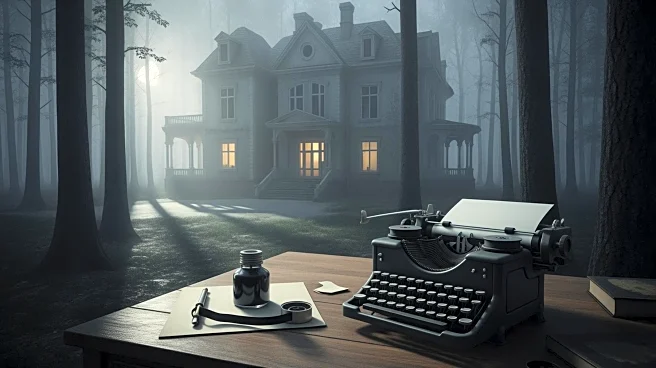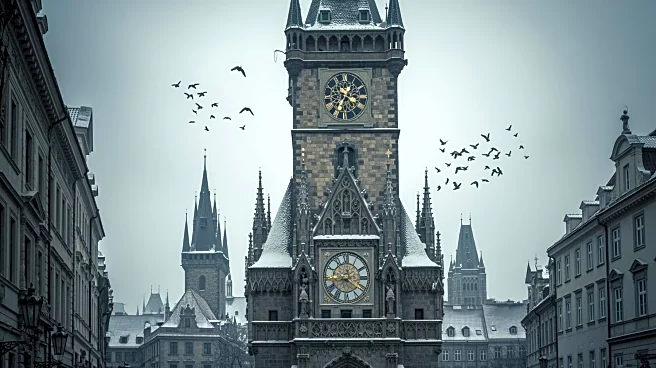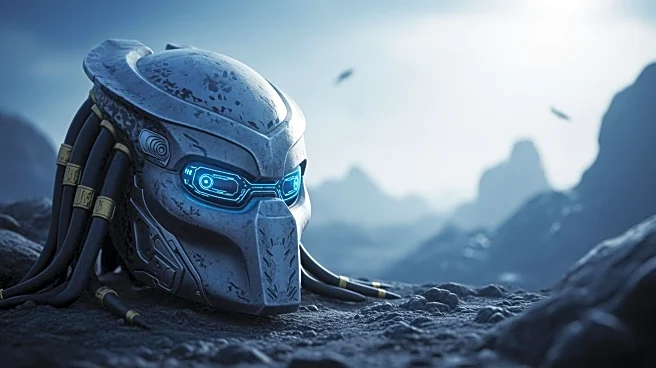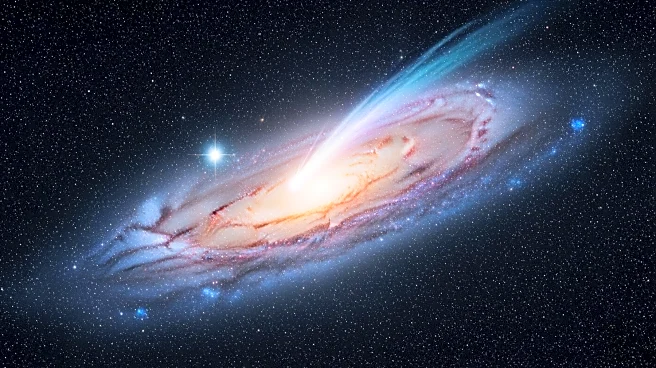What's Happening?
Zach Cregger's upcoming Resident Evil movie is set in the iconic Raccoon City, with production photos revealing a snowy setting. The film, shot in Prague, features artificial snow and props depicting Raccoon City before
its destruction in October 1998. The timeline suggests the story occurs in the spring of 1998, prior to the events of Resident Evil 3. The plot involves an organ courier encountering a full-blown outbreak on a snowy mountain road. Cregger is expected to collaborate with actor Austin Abrams for the lead role. The film is slated for release on September 18, 2026, preceding the launch of Resident Evil Requiem on February 27.
Why It's Important?
The film's setting and timeline offer a fresh perspective on the Resident Evil franchise, appealing to fans eager for new narratives within the established universe. By situating the story before the city's destruction, the film explores untapped aspects of Raccoon City's history, potentially enriching the franchise's lore. The decision to focus on new characters rather than retelling existing stories may attract audiences seeking innovative approaches to familiar themes. The film's release could impact the franchise's direction, influencing future adaptations and expanding its cinematic universe.
What's Next?
As production continues, fans can anticipate further details about the film's plot and character development. The release of Resident Evil Requiem in February may provide additional context for Cregger's film, setting the stage for its September debut. The film's reception could shape the franchise's future, potentially leading to more explorations of untold stories within the Resident Evil universe. Stakeholders, including Capcom and the film's production team, may respond to audience feedback, adjusting marketing strategies and future project plans accordingly.
Beyond the Headlines
The film's exploration of Raccoon City's history raises questions about the ethical and cultural dimensions of storytelling within the Resident Evil franchise. By focusing on new narratives, the film challenges traditional approaches to adaptation, potentially influencing industry trends. The depiction of an outbreak in a snowy setting may also reflect broader themes of isolation and survival, resonating with audiences familiar with the franchise's horror elements. These aspects may prompt discussions about the role of narrative innovation in maintaining audience engagement and expanding franchise universes.











